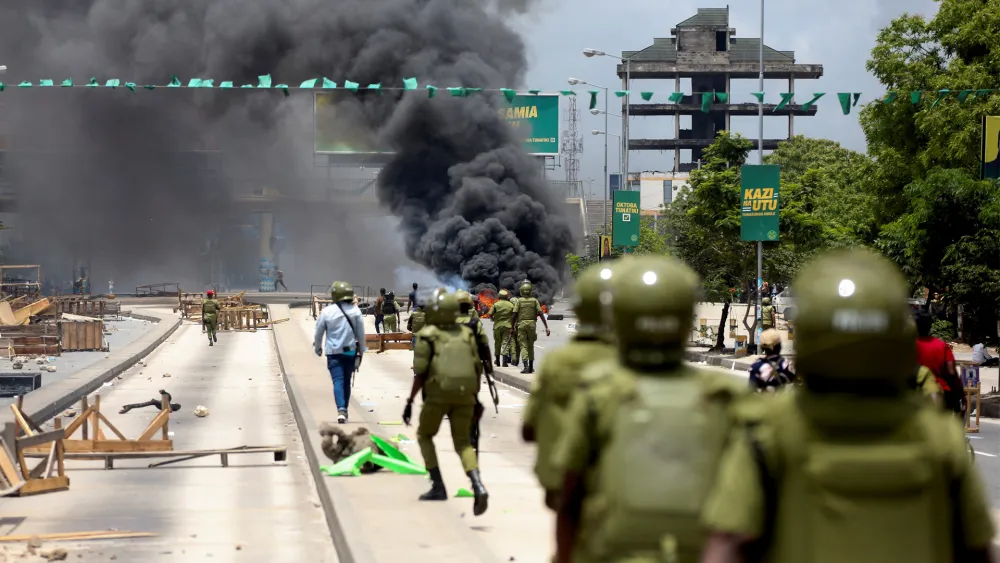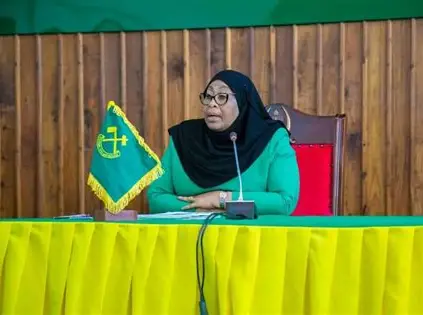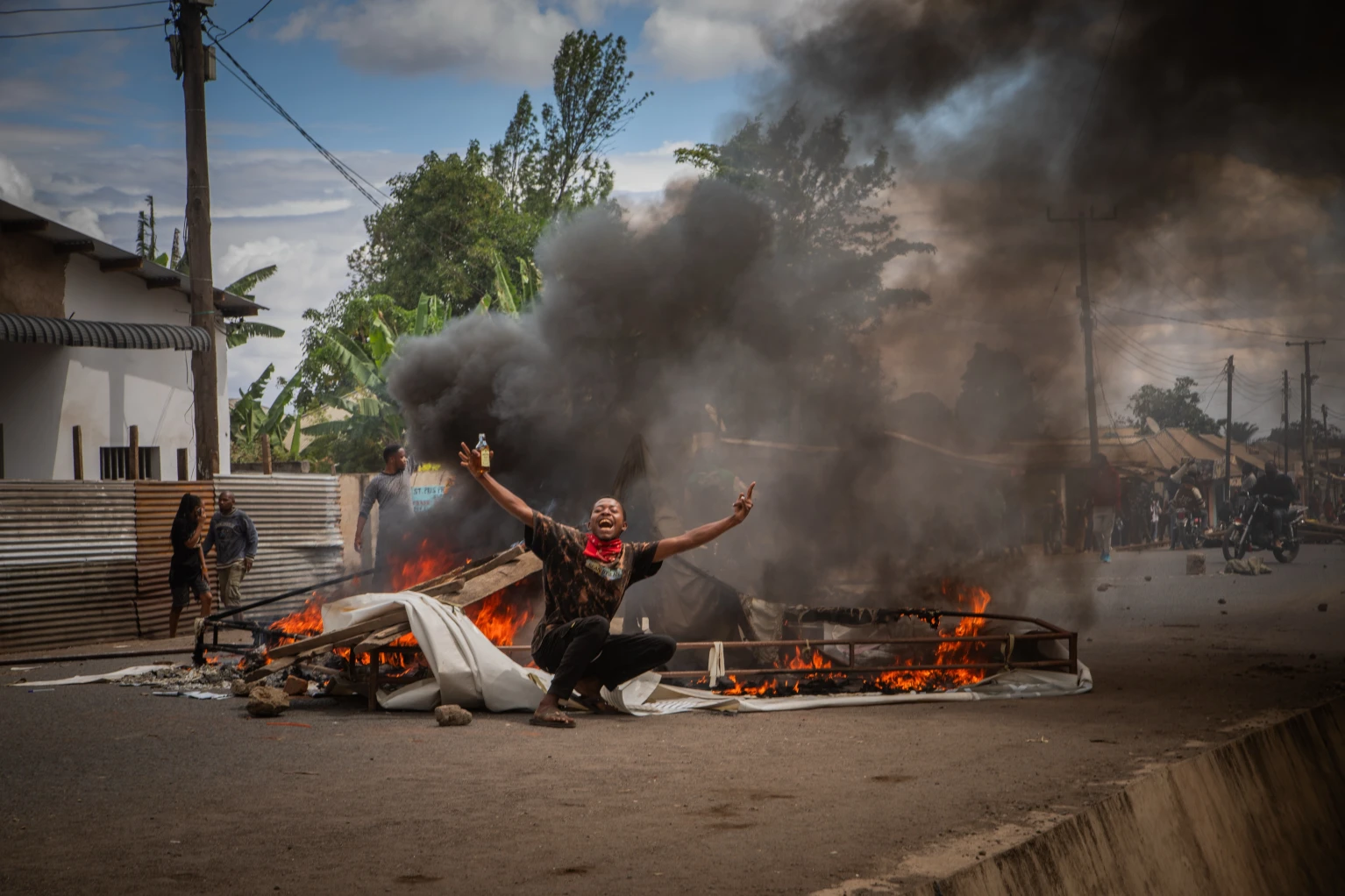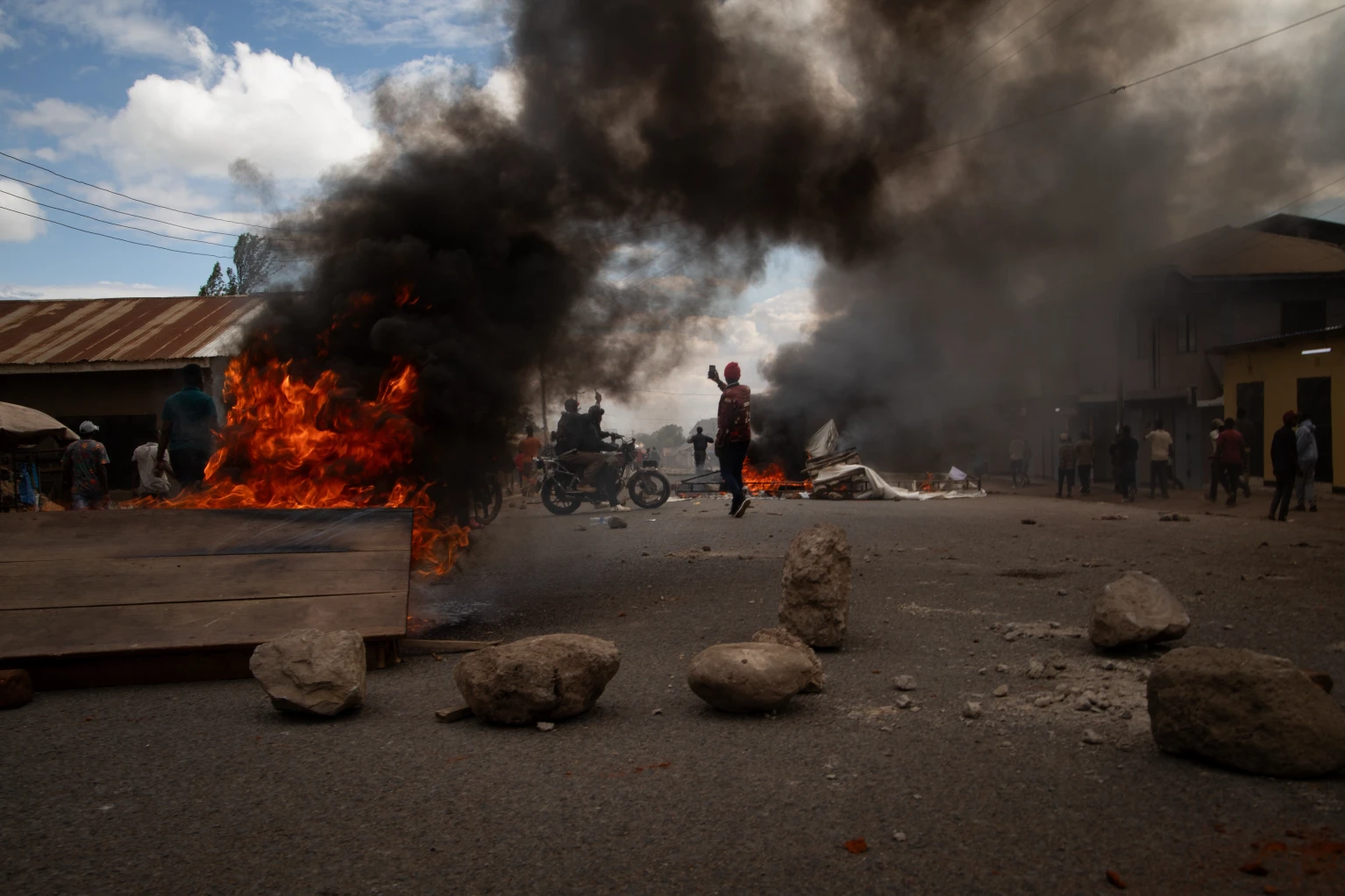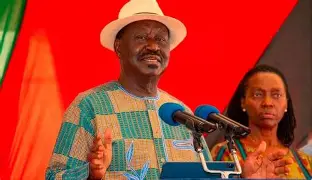Making of a Swahili Nation: How bloody repression in Tanzania, Uganda and Kenya gave birth to quest for new dispensation
Tanzania is the result of the 1964 merger of two former states – Tanganyika, the mainland territory, and Zanzibar, the coastal archipelago. The merger followed Tanganyika’s independence from Britain in 1961 and the Zanzibar Revolution in January 1964 that led to a new government that sought unification with Tanganyika.
Tanzanian’s Idi Amin Dada incarnate: Curse of yellow flags and why East Africans are calling President Suluhu Hassan ‘Idi Amin Mama’
Notably, the inauguration of President Samia Suluhu Hassan was done without the participation of the people she claims gave him 97 per cent of the vote. The election body has been careful not reveal voter turnout that can help shed light on Suluhu Hassan’s sudden popularity. The unprecedented feat is “bettered” on by Paul Kagame of Rwanda who in the last presidential election garnered 99.1 per cent of the vote.
Coup in the offing? Tanzania sinks further into abyss as military appears sympathetic to protesters
A similar situation to what is happening in Tanzania is also currently unfolding in Cameroon where 92-yar old Paul Biya – in power since 1982 – was early this week declared winner, sparking protests that have since received the support of the military. Like President Suluhi Hassan, President Biya – who spends more than 80 per cent of his time in France – had used the courts, police and electoral commission to arbitrarily lock out opponents.




